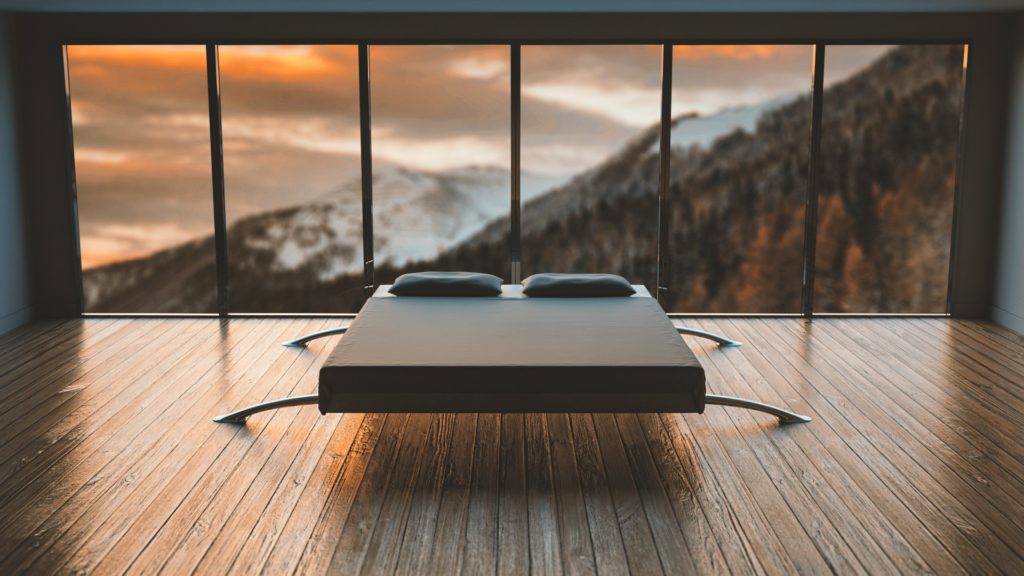Use your applicator or brush to finish the floor and cover a few feet of space. Loop the end of a wax mop (we recommend dipping it into the wax in your bucket and wringing it out flat) until it is moist but not soaked or dripping on the floor.
Strip, rinse, and apply the new floor covering with a clean applicator or mop bucket. With a side-by-side movement of figure eight, the finish is applied to the floor in an area that overlaps the line of the finish pug. Scrub, rinse, and apply to the new surface when the floor is open.
Apply at least 3-5 layers of acrylic floor covering wax in the same way as the sealer. Moisten with a soft, lint-free wipe pad or electric floor polisher to prevent wax from soaking. Grind the floor with bare wood wax on the top of the polyurethane wax to remove any stains or damage to the floor
When the floor is dry, you can start applying a new layer of VCT acrylic sealing or acrylic floor wax. One tip we recommend is to scrub the floor before applying one or two acrylic floor polishes, or spray abrasives. High-speed polishing of a clean floor does not increase resistance to scratches and scratches, so scrub it with a neutral detergent, rinse it and apply 1-2 medium-thin layers.
The best way on how to apply floor polish with a flat applicator is to wipe and polish the floor with a standard mop which can leave an uneven surface with noticeable gaps and marks. You should never use paste wax or waxed floor or vinyl or urethane flooring. Growing hardwood floors with a clean surface using a broom or mop removes dust and dirt that will settle in the wax without affecting the surface.
Around the edges corners, use a paint pad to apply a water-based finish, or open the floor with a synthetic wool applicator. All work surfaces should be coated with floor polish, with wax-based surfaces being the exception.
It is recommended not to apply more than 2-3 coats of any type of emulsion lacquer in one application. If you do not know the brand of the floor, apply floor polish to small, insignificant areas to enhance the entire floor.

Start in the back corner of the room, it is very important to plan the path you will be following and coming down, then pour a small, s-shaped amount of floor polish on the floor. Use a flat surface or a mop to smooth the polish towards the wood grain and any air bubbles.
If you don’t have one, buy the cleanest, unsoiled wipe pad you can buy for your flooring. This is important because wipe pads can be contaminated by other floor cleaning and finishing products, fabric softeners, or detergents, which can mess up floor finishing and leave streaks and haze when you don’t have any.
How to polish floors? All you need is a microfiber cleaning pad, flat-head mop, and a professional wood floor polish available in a low or high gloss to achieve the most wanting look. When floor polishing is applied to LVT luxury floorboards, the appearance of the floor is not as glossy, so homeowners and business owners want a coating that protects the floor from scratches. Most luxury vinyl floors do not require floor coverings, so buyers have the option of polishing their LVT.
For example, some types of modern hardwood floors have sealed surfaces that cannot be waxed and therefore require water-based polishing. Protective surfaces with waterproof barriers, such as urethane, benefit from polishing the floor with penetrating surfaces such as tungsten oil, while unsealed wood needs to be waxed or polished.
When the wax is applied to the floor, it hardens as it dries and forms a seal that protects against stains, maintains the surface, and minimizes the appearance of small scratches and dents. If floor wax is the only finish, it should be applied with a polyurethane penetrating sealer.
High traffic floors (VCTs) do not have a wax layer when applied with wax, although this terminology is most commonly used. Minwax is a resuscitation agent for hardwood floors, not something you should do if your floor is unfinished or coated with wax or oiled laminate or with a surface other than polyurethane.
Repainting involves sanding the floor and applying a new surface treatment, which can be costly but has been necessary for several decades. Standing fluid can penetrate the wood and ruin the finish, so it does not help to polish a floor with a good wood polish. There are times when I come home from a busy garage one day and scrub the floor clean, but I can’t remove embedded stains or finish layers of acrylic, wax, sealants, or worn tiles.
Most wax finishes (our optimal wet-looking floor finishes) cover about 2,000 square feet per gallon. If you need a flat mop system for wooden floors, take a microfiber mop pad and a rectangular bucket into which it fits.
Early floor wax comes in paste form and can be applied a hard way, either by hand or on the knee, rubbing it on the floor and polishing it to achieve a glossy finish. Also referred to as a floor covering, floor polishing is a synthetic substitute that is not made of wax but an acrylic-based polymer applied to a mop or microfibre pad.


